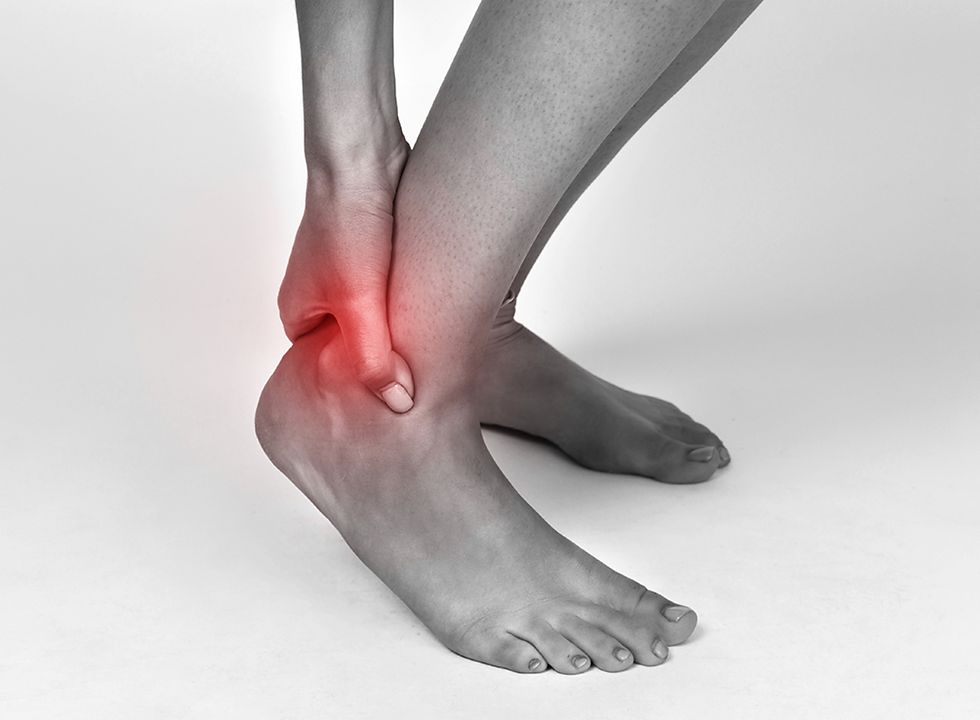How to re-build your Glutes with 5 exercises!
- Christopher Nour

- May 16, 2021
- 4 min read
If you’ve ever been to a physiotherapist before or had any sort of knee, hip or back issue, you’ve probably been told something along the lines of “your glutes are not firing” or “your glutes aren’t strong enough.” But what does this mean? How do you start activating and strengthening the glute muscles? And why are the glutes so important?
The Importance of Your Glute Muscles Your three glute muscles – gluteus maximus, gluteus medius and gluteus minimus – all play a major role in the movement and stabilisation of the hip and pelvic region. They help with movement at the hip joint as well as controlling unwanted or excessive movement (stabilisation). They are an essential muscle group when we are walking, running, balancing on one leg (which we do much more than we realise – such as when going up or down stairs), as well as common movements like bending, squatting and lifting. Your glutes stabilise the pelvis and legs when performing all of these movements – which reduces pressure and excessive movement from occurring in the lower back.
This is why the glutes are commonly identified as a causative factor of injury and why they are one of the most targeted muscle groups for exercise.
But I Train Glutes All the Time!!
Just because you’re doing an exercise to target your glute, doesn’t necessarily mean your glute is working during that exercise. The body is an efficient system and will look for the easiest way to perform an exercise, this isn't helpful when compensatory muscles are performing a task their not responsible for! For this reason, you could be doing all the right exercises but training the wrong muscles!
Common reasons the glutes may not be firing during exercises (and what you should look out for when training) are:
Flat feet – flat or pronated feet will rotate the leg inward (hip internal rotation), placing the glute muscles in a poor bio-mechanical position.
Tight hips – similarly to above, a tight hip can cause the hip flexors to fire instead of the glutes due to the mechanical positioning of the hip favouring the shorter muscle (hip flexors)
Poor movement patterns – tightness and/or weakness leads to poor form and technique. With repetition and time, this poor technique and pattern is reinforced as normal and strengthened by the body, even when you are not exercising.
Easy Ways to Test If You Are Training Correctly
Are you feeling movement your glutes contracting whilst exercising? If the muscle is working, you should be feeling it!
Can you stand on one leg and hold your pelvis level and steady? This is known as a Trendelenburg sign and is a good indicator of glute stability
Can you sit back into your hips in a squat or hip hinge? An inability to weight-bear through the heels is a sign that you are ‘anteriorly dominant’ or using the muscles on the front of the body too much
The 5 Best Exercises for Your Glutes Here are 6 exercises that will help you activate, strengthen and control your glute muscles. They start easy and get progressively harder:
1. Glute bridge
Feet shoulder width apart, knees pushed out. Squeeze the glute muscles and push through the heels of the feet to drive the hips upward, trying to get a straight line from the shoulders to the knees.
Recommended sets: 3 x 10
Progress by: Adding a band around the knees
Watch out for: Using the hamstrings – make sure the feet are close to the glutes

2. Clam Lying on your side with knees bent 45 degrees in front. Make sure the shoulders, hips and knees are lined up perpendicular to the floor. Lift the top knee, keeping the hips stacked (i.e. not rotating backward) Recommended sets: 3 x 8 Progress by: Adding a band around the knees Watch out for: Using the hip flexors, don’t let the hips rotate as you lift the leg

3. Standing Wall Clam
Standing with feet under the hips and a towel/pillow/roller between the knee and the wall. Hinge the hips backward and push the knees outward, then lift the leg closest to the wall and hold for 2 seconds.
Recommended sets: 2 second holds, 2 x 5 holds each leg
Progress by: Increasing hold time, working up to 10 seconds each hold
Watch out for: The knee creeping forward – keep the shin vertical. Also, don’t let the knees collapse inward, keep the knees apart

4. Crab walk Standing in a hip hinge position with a band around the knees. Sidestep to the left three times and then sidestep to the right three times. Keep tension on the band at all times by driving the knees out Recommended sets: 5 x 3 steps each direction Progress by: Placing the band around the ankles – progress further by placing the band around the middle of the feet Watch out for: The knees creeping forward – keep the shins vertical

5. Single leg Kickback
Standing with feet shoulder width apart, slowly lift one leg off the ground behind you, keeping the knee straight. Hinge at the hips and keep a straight line from the heel to the head. Slowly return to standing.
Recommended sets: 3 x 10 each side
Progress by: Adding weights in each hand
Watch out for: Bending through the back – keep the back and leg straight as you move from the hips. Keep the shin vertical.

How Do I Book An Appointment?
North Sydney Clinic - (02) 9423 0511
or
www.urbanphysiotherapy.com.au




Comments